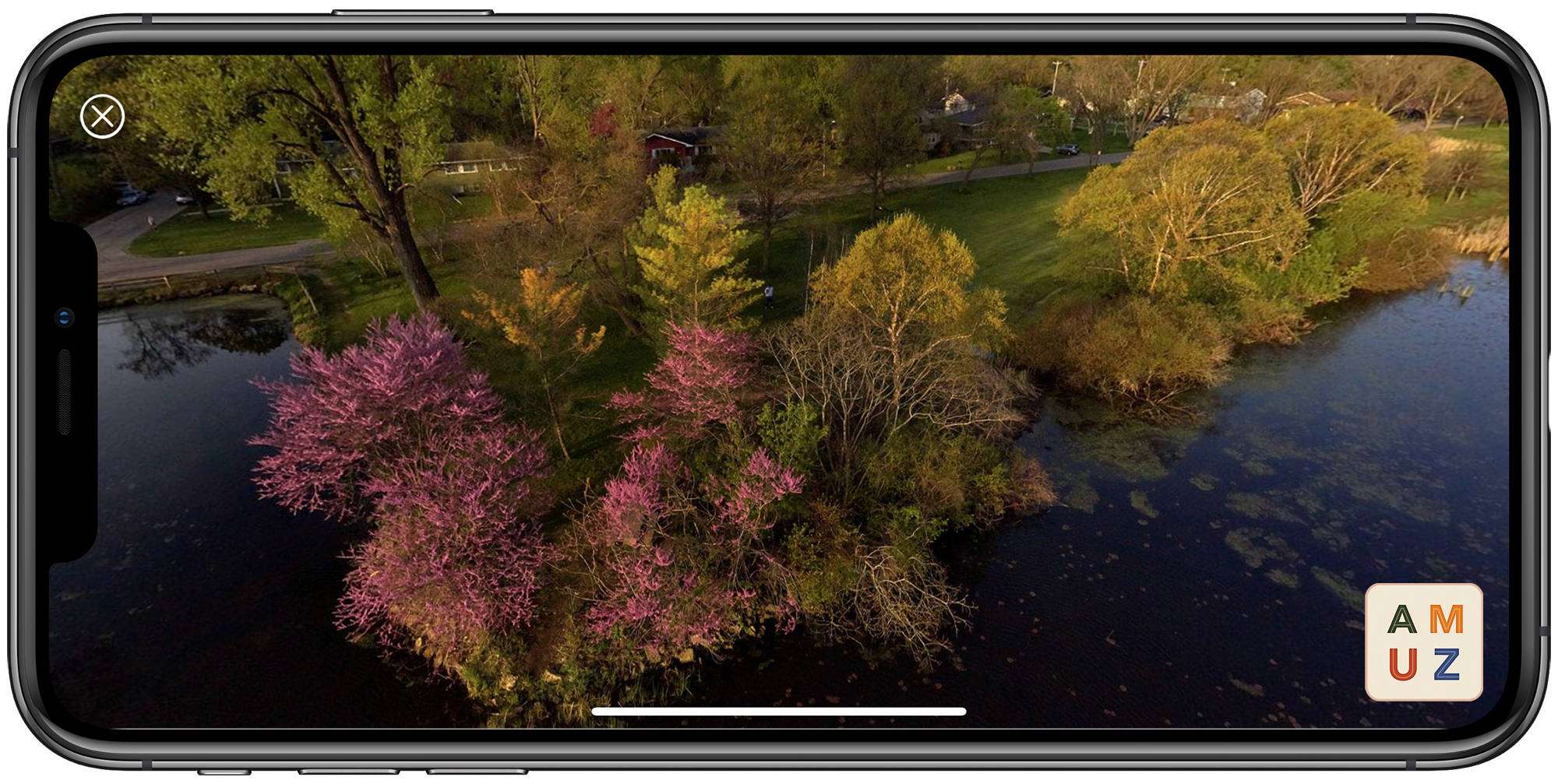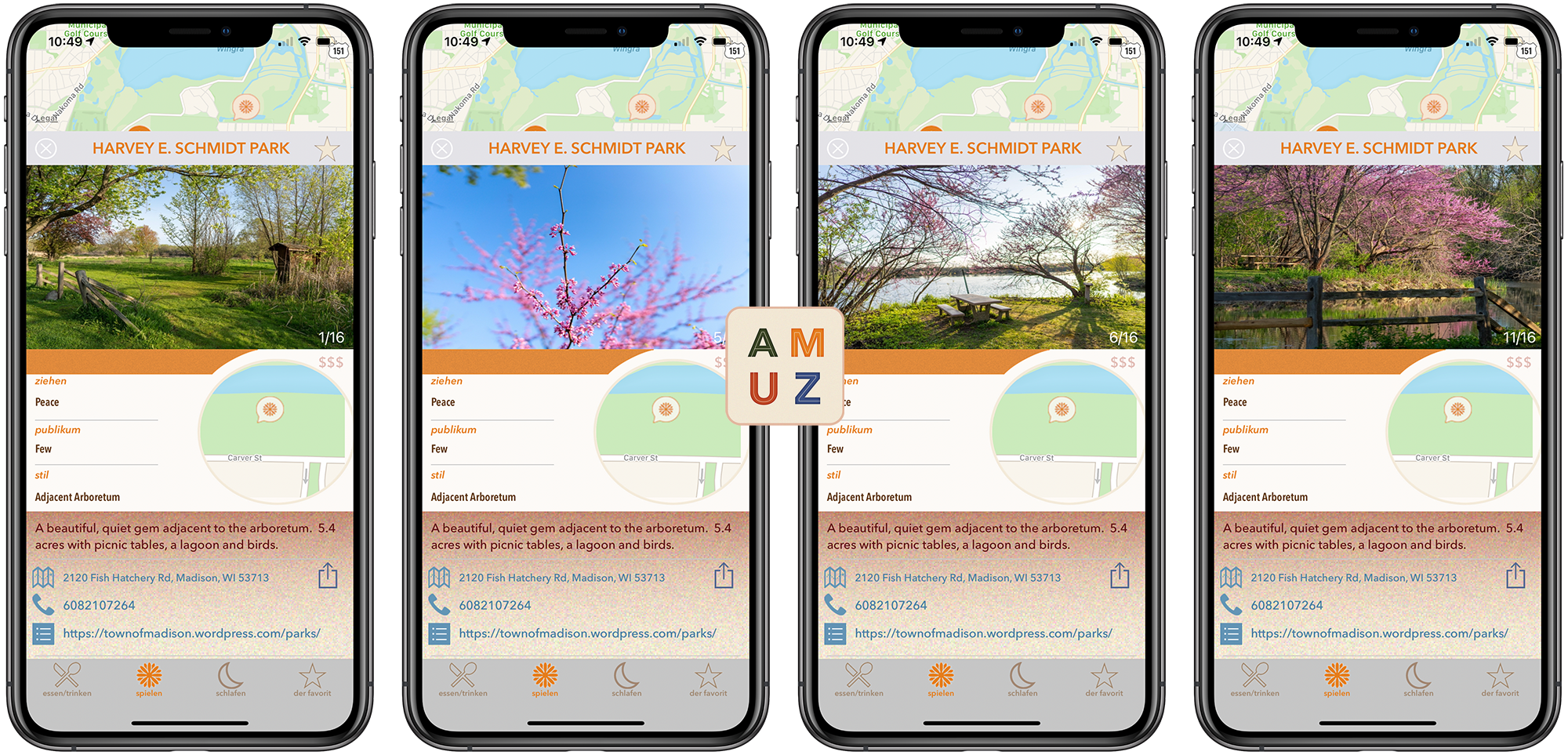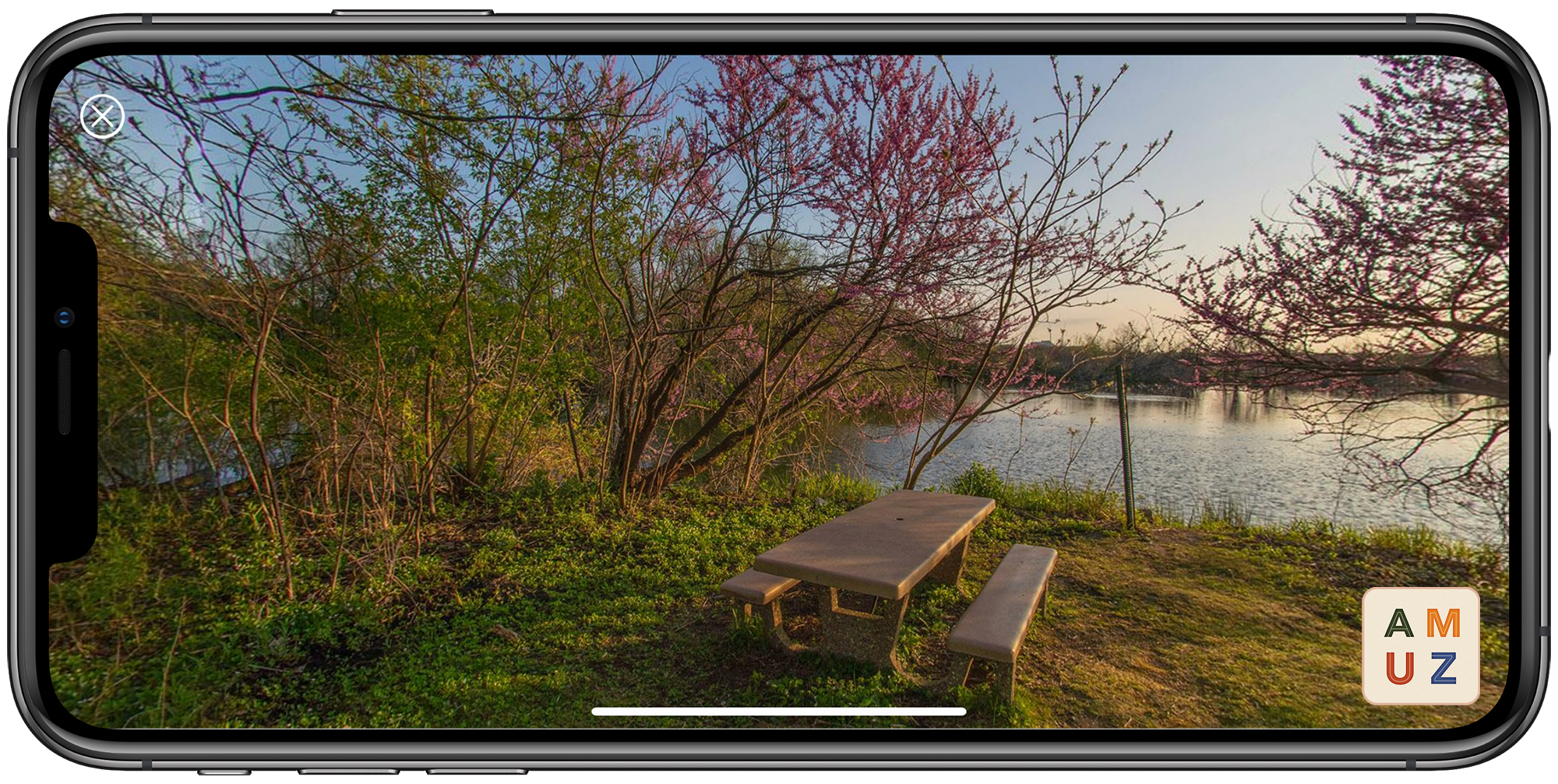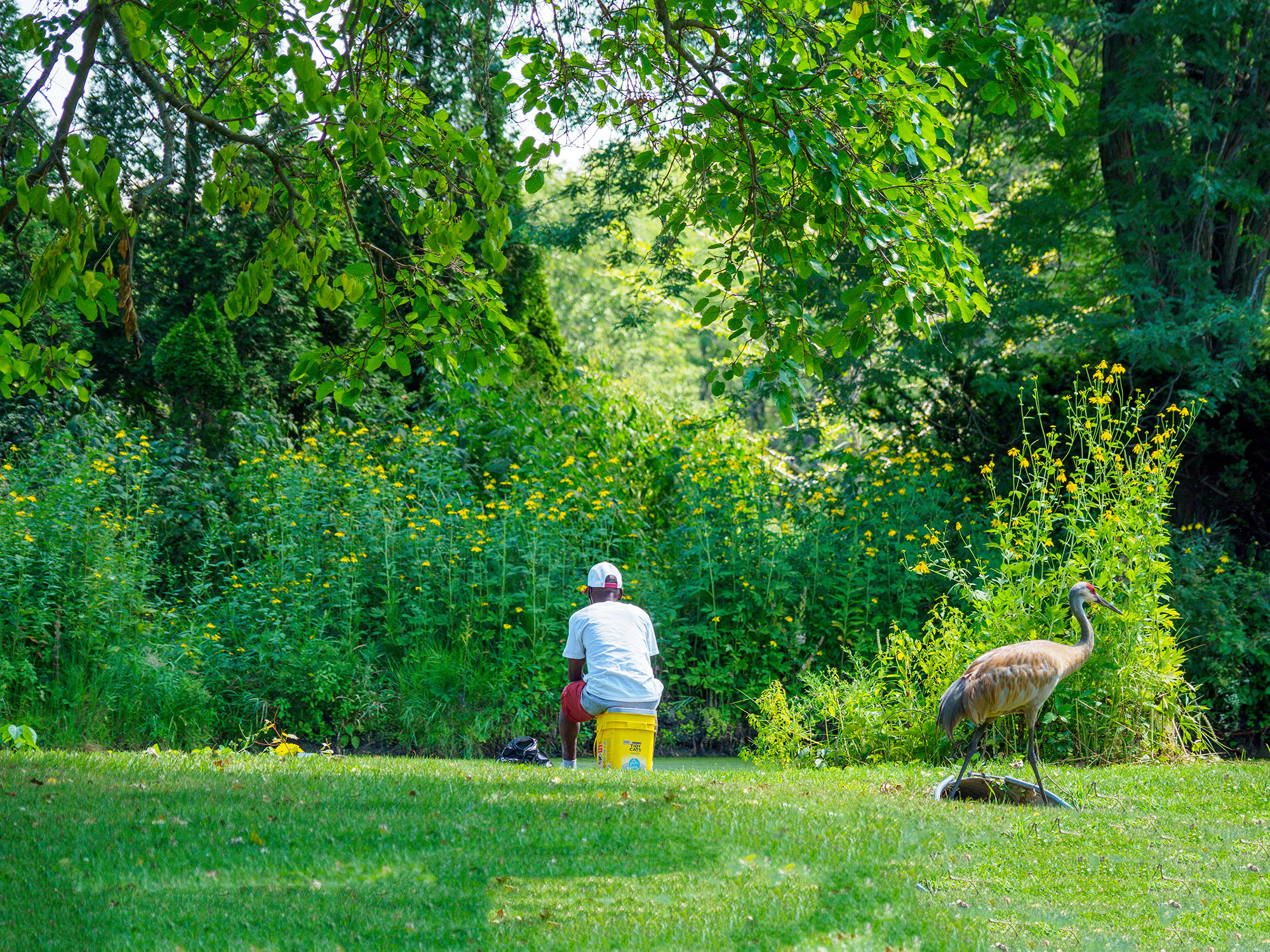Alexandria Ocasio-Cortez:
Remember this? This was my DNC Convention speech to procedurally nominate Bernie. It was pre-recorded and approved by the DNC, Biden campaign, and Bernie. The DNC provided an advisory to the media DAYS ahead of time that I would be seconding Bernie’s procedural nomination.
This happens at EVERY single convention (Dolores Huerta did Hillary Clinton’s in ’08, etc), and ironically it is considered an important step in UNITING the party by paying respect to the second-place finisher and their supporters and sets up a process so we all come together via roll call in the end.
But how did @nbcnews cover it?
“In one of the shortest speeches of the DNC, Rep. Ocasio-Cortez did not endorse Joe Biden: “I hereby second the nomination of Sen. Bernard Sanders of Vermont for president of the United States of America.” nbcnews.to/2Clp24c “
NBC immediately framed this normal process as “AOC doesn’t endorse Joe Biden” when they KNEW this was normal and were ADVISED that the whole point of my role WASN’T to do that!
But educating people on the process doesn’t generate as much clicks or money, so they framed this as a controversially as possible. The FACT is true – I didn’t endorse Biden in this 60 sec clip – but the STORY was at best irresponsible.
This actually made my life hell in the immediate aftermath. 20-30 million people were watching on convention nights. Floods of people, misled by NBC, directed a ton of abuse my way and I was cast as “going rogue” and harming the party. A lot of moderate Democrats used this as an opportunity to send a lot of hatred, anger, and vitriol my way.
All for fulfilling a 60 second role that I was asked to do. And @nbcnews has yet to apologize.
This stuff happens all the time.
(NBC quietly took down the tweet in the middle of tonight after it already went viral)
OK so first things first: journalists & members of the press are people with jobs that are overworked, underpaid, and underappreciated. So I’m not here to dump on them because they deal with enough. I respect them a lot and admire those who conduct their work with integrity.
But the institutions and incentives in media overall is absolutely incentivized towards conflict and drama, because that ts what generates clicks, views, and revenue. That said, when you see a FACT that is reported, cited, and verified by several reputable outlets, 99.999% it’s going to be true.
HOWEVER! there is a BIG difference between a fact and the STORY. And the STORY (often the headline) that’s told surrounding the fact is frequently stretched, mischaracterized, or dramatized to get you to click. Sometimes the STORY is so misleading that even though it contains FACTS it is told in such a way that people will walk away thinking the wrong thing, or just getting angry about something that’s actually not a big deal. And that creates lack of trust in media & institutions, and overall polarization.
I will give you an example:
My tips for consuming media & staying informed:
– Don’t rely on only one source. every outlet has their own biases and habits, even if they don’t want to admit it. Read multiple outlets to determine VOUR perspective.
– Get an idea for each outlet’s slant / vibe / perspective/ whatever you want to call it. Media bias rarely shows up as “this outlet is out to get X politician” (though there are some hacky, 2nd/3rd tier outlets or websites that are that way), but it’s more often a bias towards a certain class perspective that’s out of touch, or it’s a bias against context they DON’T have ie race. For example, a lot of newsrooms don’t have enough empowered BIPOC journalists, so their coverage can be really tone deaf towards race, or gender, or class, etc.
– Identify journalists whose work you respect and trust. They often specialize in topics you are interested in, from politics to gaming. Follow them. I find that to be a lot more illuminating than just blanket loyalty to an outlet.
Take a beat. Many headlines are designed to trigger an emotional response. So if you have the inclination to get angry, pause.
– Also: many journalists are not responsible for the headlines above their work. Which I find really sad, bc they will put in a ton of work on an article just for an editor to put in a horrible headline that undercuts th work they just did. I believe digital headlines should be held to higher editorial standards to preserve people’s trust.
I believe we should hold headlines accountable too.
via instagram story screenshots: one two three four
and
Nicholas Sandmann on being canceled:
Speaker 1: (00:00)
On a class trip to join thousands for the annual March for Life. These Catholic young men traveled from Kentucky to stand up for what they believed in, but what happened was something very different.Speaker 3: (00:13)
Crackers with a Make America Great hat on. You little, dirty (beep) crackers. Your day coming. Young Klansmen. Look at that Make America Great Again hat.Speaker 1: (00:33)
Social media, the news, and even celebrities launched a campaign of persecution that was completely false against a boy in a Make America Great Again hat.Speaker 4: (00:33)
The MAGA hat carries a certain connotation that provokes a conditioned reaction.Speaker 5: (00:39)
I blame that (beep) kid. What a little prick.Speaker 6: (00:42)
Everyone that sees that smug look wants to punch that kid.Speaker 1: (00:43)
Nicholas Sandman received death threats and his school was forced to close. Tonight, Nicholas tells his story.Nicholas Sandmanm: (00:55)
Good evening, everyone. My name is Nick Sandman and I’m the teenager who was defamed by the media after an encounter with a group of protesters on the steps of the Lincoln Memorial last year. Before I begin, I’d like to thank President Trump for the opportunity to share some of my story and why it matters so much to this November’s election.Nicholas Sandmanm: (01:16)
In 2019, I attended the March for Life in Washington, D.C., where I demonstrated in defense of the unborn. Later that day, I bought a Make America Great Again hat because our President, Donald Trump, has distinguished himself as one of the most pro-life presidents in the history of our country, and I wanted to express my support for him, too. Looking back now, how could I had possibly imagined that the simple act of putting on that red hat would unleash hate from the left and make myself the target of network and cable news networks nationwide.Nicholas Sandmanm: (01:54)
Being from Kentucky, the birthplace of Abraham Lincoln, my classmates and I visited the Lincoln Memorial. I found myself face to face with Nathan Phillips and other professional protestors, looking to turn me into the latest poster child showing why Trump is bad, while the media portrayed me as an aggressor with a relentless smirk on my face. In reality, the video confirms I was standing with my hands behind my back and an awkward smile on my face that had two thoughts. One, don’t do anything that might further agitate the man banging a drum in my face. And two, I was trying to follow a family friend’s advice, never to do anything to embarrass your family, your school, or your community.Nicholas Sandmanm: (02:43)
Before I knew what was happening, it was over. One of Mr. Phillips fellow agitators yelled out, “We got him. It’s all right here on video. And we won, Grandpa.” What I thought was a strange encounter, quickly developed into a major news story complete with video footage.Nicholas Sandmanm: (03:03)
My life changed forever in that one moment. The full war machine of the mainstream media revved up into attack mode. They did so without researching the full video of the incident, without ever investigating Mr. Phillips’ motives, or without ever asking me for my side of the story. And do you know why? Because the truth was not important. Advancing their anti-Christian, anti-conservative, anti-Donald Trump narrative was all that mattered. And if advancing their narrative ruined the reputation and future of a teenager from Covington, Kentucky, well, so be it. That would teach him not to wear a MAGA hat.Nicholas Sandmanm: (03:44)
I learned what was happening to me had a name. It was called being canceled, as in annulled, as in revoked, as in made void. Canceled is what’s happening to people around this country who refuse to be silenced by the far left. Many are being fired, humiliated, or even threatened. And often the media is a willing participant. But I would not be canceled. I fought back hard to expose the media for what they did to me and I won a personal victory.Nicholas Sandmanm: (04:19)
While much more must be done, I look forward to the day that the media returns to providing balanced, responsible and accountable news coverage. I know President Trump hopes for that too. And I know you’ll agree with me when we say that no one in this country has been a victim of unfair media coverage more than President Donald Trump.Nicholas Sandmanm: (04:40)
In November, I believe this country must unite around a President who calls the media out and refuses to allow them to create a narrative instead of reporting the facts. I believe we must join a President who will challenge the media to return to objective journalism, and together, I believe we must all embrace our first amendment rights, and not hide in fear of the media or from the tech companies or from the outrage mob, either. This is worth fighting for. This is worth voting for. And this is what Donald Trump stands for. Thank you all for listening to me tonight. And one more thing, let’s make America great again.
transcript via rev.com.
Alexandria Ocasio-Cortez: Duckduckgo
Nicholas Sandman: Duckduckgo
2018: The State of Local Journalism 2018.
2018: “The data clearly indicate that being able to read is not a requirement for graduation at (Madison) East, especially if you are black or Hispanic”





